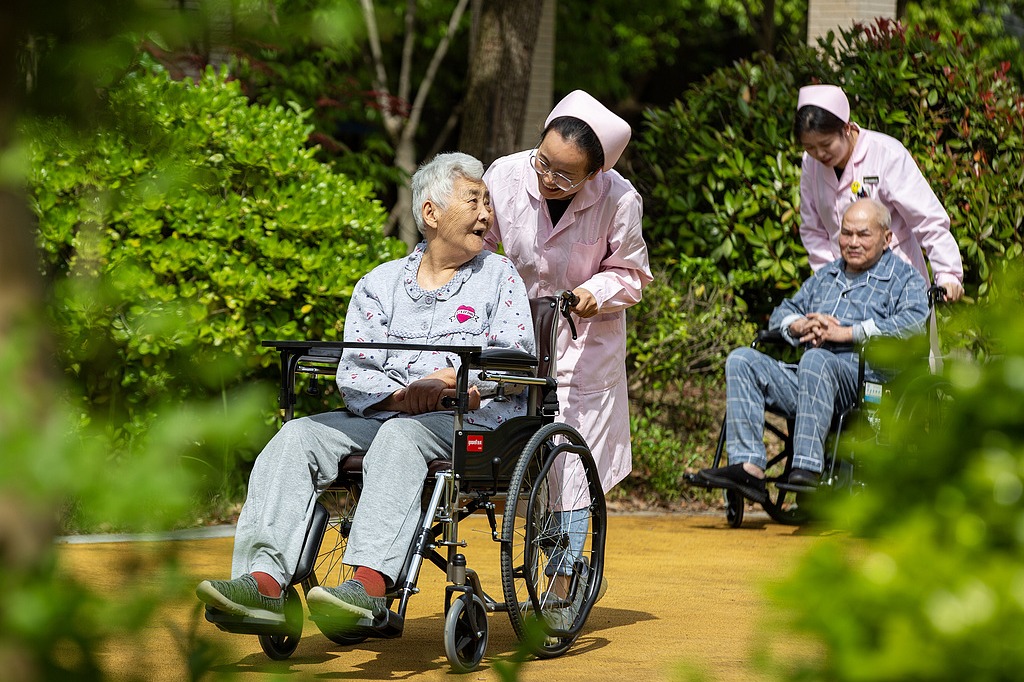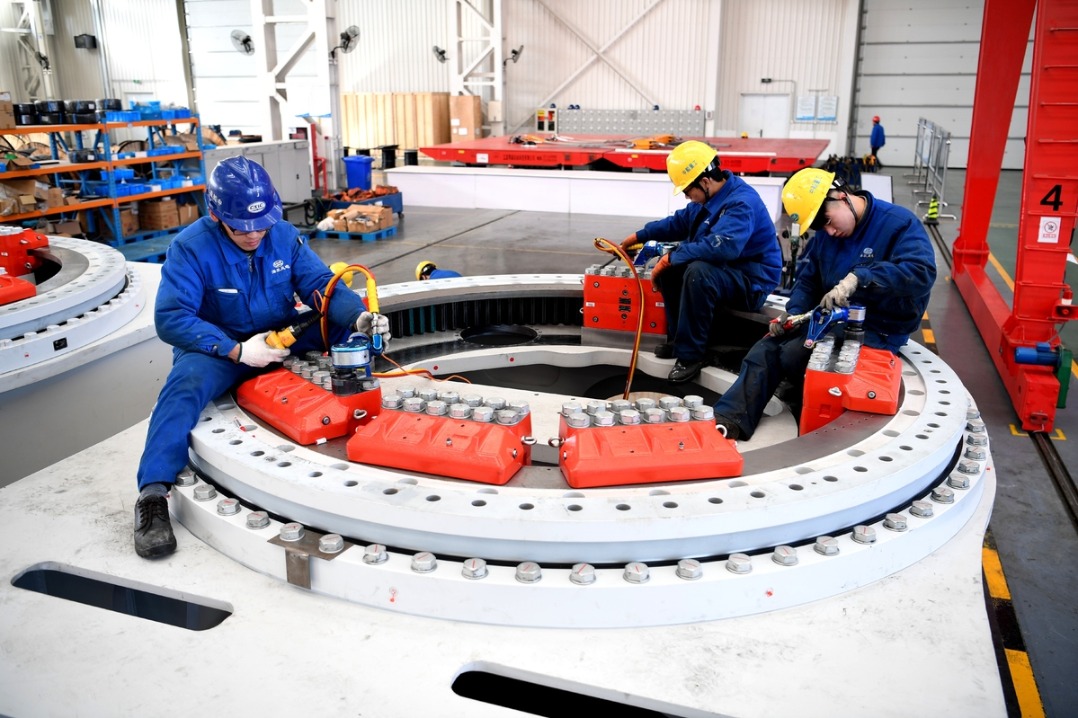Females focus on fitness for better future

"Women, mostly mothers, have very fragmented and spontaneous schedules," said Sun. "Reservation-only courses do not fit for them, and these gradually put them out of the training process."
Thus, she designed reservation-free courses where female customers could show up anytime to join a group training session with a private coach.
As women have become major customers at fitness centers and gyms in big cities across the country, the rise of female-only gyms with tailor-made services, decorations and exercises, has been on the up.
According to a report by iiMedia Research last year, women make up 61.8 percent of users at domestic gyms, paying for private training and using the facilities more frequently than their male counterparts.
"Women want to keep in better shape, rather than have big muscles like men," said Sun. "Heavy weight lifting is not a necessity in the facility."
Women are also more dependent on trainers to provide instructions on exercise or advice for injury-free workouts.
The aesthetics of interior design and fitness facilities at such clubs also align with women's preferences, adopting large areas with soothing colors and pink elements to create a delicate and luxurious ambiance, Sun said.
BeauFit has designed classes that have elevated fitness training and offer flexible time slots for members to find a course the minute they step into the club.
"Sometimes, I am the only one showing up at a certain time. I've got to talk to the coach and choose what kind of course suits me the most," Gui said.
The price of each class of one-hour class is about 150 yuan ($20.5) for an ordinary member, or a discounted rate of 100 yuan for long-term members.
Sun believes the price range makes customers come back to the club every year, with returning customers making up about 70 percent of its membership.
Operational management is key to the survival of a gym chain.
To raise efficiency and profit margins, Sun said each center employs only three to four coaches, while other gyms of a similar scale would typically hire seven to eight trainers.
"I hope to build a gym like a Starbucks, respecting every customer in the store and offering standardized products and services," Sun said.
Going forward, Sun said the market potential is massive given that the ratio of participation is still low among office workers in major cities. It expects to open more sites in second- and third-tier cities in the future.
"We've found that very few people stick to training as a habit," said Sun."This requires us, as an industry, to offer better facilities, services and an environment that encourages more people to continue exercising."
For some women, the exclusivity factor is not essential while selecting a place to work out.
Wu Liang, a marketing director at a health institute in Beijing, said location, membership and training fees are the priorities when choosing a gym.
"When I work out, I focus on weight lifting and cardio exercises," said Wu, a sports lover who plays tennis twice a week and frequents a gym for strength training. "I have a very busy schedule. I will go to any gym that is affordable and close to my home."
Women-only fitness centers form only a small part of the gym market in Beijing.
Of about 4,000 gyms in the city, only about 20 offer fitness products for women. Most of these fitness centers are Pilates and yoga studios. The business is, however, growing.
"A friendly workout environment is what we are trying to create through our training," said Sun. "We are hoping to become an entry for brands that target middle-income women."




































